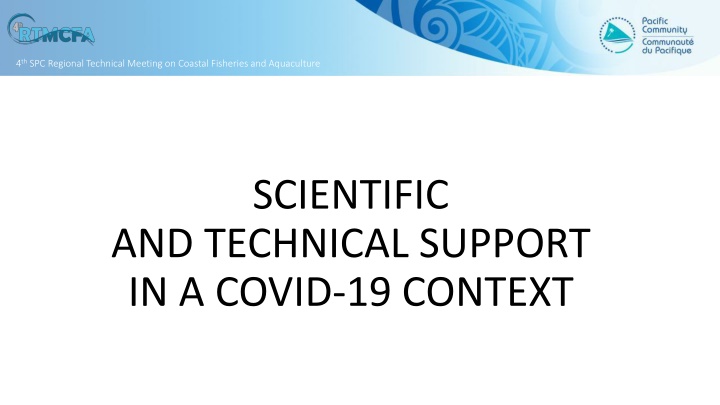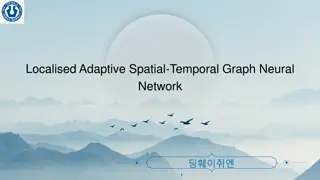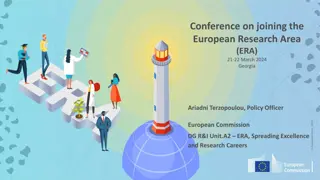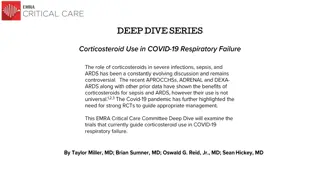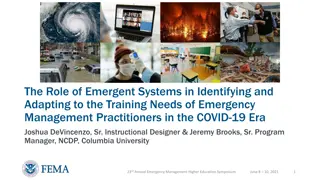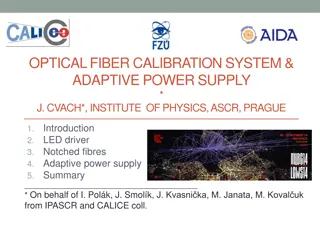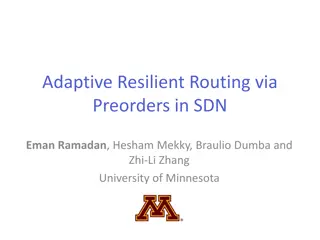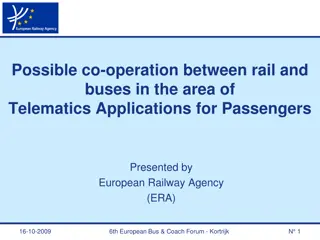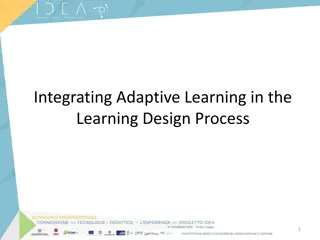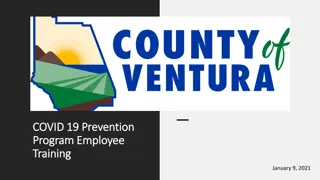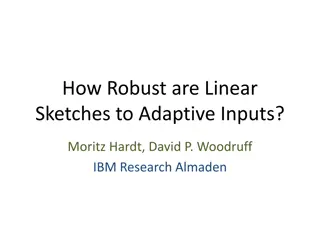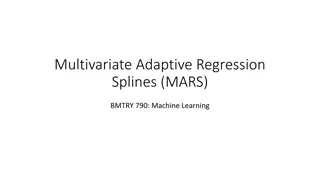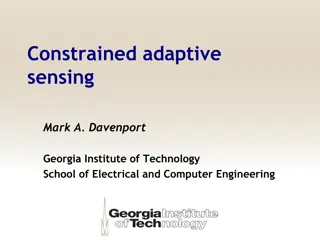Adaptive Strategies in the COVID-19 Era
Amid the challenges of COVID-19, the transition to virtual tools like video conferencing has transformed how technical support activities are conducted in coastal fisheries and aquaculture. Discover the shift from in-person interactions to remote collaboration, the pros and cons of video conferencing, and effective tools for virtual engagement.
Download Presentation

Please find below an Image/Link to download the presentation.
The content on the website is provided AS IS for your information and personal use only. It may not be sold, licensed, or shared on other websites without obtaining consent from the author.If you encounter any issues during the download, it is possible that the publisher has removed the file from their server.
You are allowed to download the files provided on this website for personal or commercial use, subject to the condition that they are used lawfully. All files are the property of their respective owners.
The content on the website is provided AS IS for your information and personal use only. It may not be sold, licensed, or shared on other websites without obtaining consent from the author.
E N D
Presentation Transcript
4thSPC Regional Technical Meeting on Coastal Fisheries and Aquaculture SCIENTIFIC AND TECHNICAL SUPPORT IN A COVID-19 CONTEXT
PICTURES FROM BEFORE COVID-19 NOT SO LONG AGO Fieldwork with national staff Travel in the region Training workshops at SPC
THEN CAME COVID-19 National fieldwork only No more travel aboard No more in-person regional workshops
VIDEO CONFERENCING IS NOW THE NORM FOR SOCIAL INTERACTIONS ACROSS BORDERS Virtual workshops Online meetings Training Remote assistance Zoom Teams TeamViewer
VIDEO CONFERENCING IS A TOOL THAT CAN BE EASILY OVERUSED TO THE DETRIMENT OF OTHER TECHNICAL ASSISTANCE ACTIVITIES Too much video conferencing is counterproductive
VIDEO CONFERENCING IS A DOUBLE-EDGED SWORD Zoom fatigue due to higher cognitive load, close-up eye contact, chat and notifications Use of video-conferencing instead of writing an email or Word document Too many people involved in video conference with not much output Time and day differences between countries in the Pacific
TOOLS FOR REMOTE INTERACTION DURING VIDEO CONFERENCES ConceptBoard and Miro are used at SPC for brainstorming Slido and SurveyMonkey are used at SPC for surveys and quizzes
CONNECT TO SLIDO AND FILL THE SURVEY Connect to https://sli.do Use code 139140
CAPACITY DEVELOPMENT, FORMAL AND ON-THE JOB TRAINING ARE MAJOR ACTIVITES CONDUCTED BY FAME 1043 (760 males and 283 females) participants from PICTs trained by FAME in 2019
WE MAY IMPROVE TECHNICAL AND SCIENTIFIC SUPPORT, AND LONG TERM TRAINING IMPACT BY CHANGING OUR HABITS Formal, in-person training classes On-demand training and videos
VIRTUAL TRAINING WORKSHOPS Content can be customised depending on specific trainees needs Interaction with trainees possible and immediate feedback Training of a small group relatively easy to prepare and organise Virtual regional trainings require a lot of logistics to organise and moderate sessions
ON-DEMAND TRAINING AND TRAINING VIDEOS Trainees can enrol into a training course at any time (when needed) The course is available for later reference/rehearsal It usually combines videos and on-line training modules Content longer to prepare but available for a larger audience It takes time, effort and money to create a fully fledge on-demand training course and/or training video. Therefore on-demand course developments need to be carefully prioritised.
TRAINING VIDEOS Pre-learning tools Production requires a lot of logistics Regional tools Mixed of animations and staged sequences
Training videos Fish Smart. Set FADs Training videos Let them go Training videos Ocean wardens
CONNECT TO SLIDO AND FILL THE SURVEY Connect to https://sli.do Use code 139140
LIMITATIONS TO REMOTE TECHNICAL AND SCIENTIFIC SUPPORT WHAT ARE THE GAPS AND WORKAROUNDS Not all activities can be virtualised National commitment required to continue in-country work
LIMITATIONS TO REMOTE TECHNICAL AND SCIENTIFIC SUPPORT WHAT ARE THE GAPS AND WORKAROUNDS Collaboration between in-country organisations and national administrations as a solution to some of the gaps Need to identify and use more in-country technical resources (if procurement rules allow)
